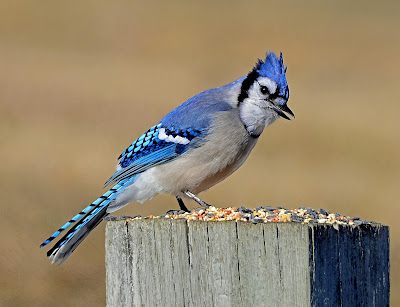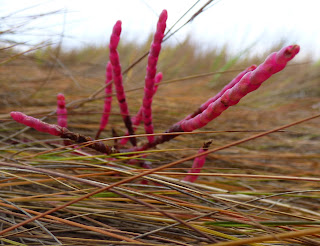Hop hornbeams have their own unique charm
bySue PIke
August 1 2017 The York Weekly/Portsmouth Herald/Foster's Daily/seacoastonline.com etc
My neighbor has a beautiful hop hornbeam tree growing next to his driveway. Up until a couple years ago, I had never heard of this tree and spent some time trying to convince him it was an immature shagbark hickory (which it doesn’t resemble at all, so I’m not sure why I firmly believed this to be true). Then for a while I thought it was an elm (which is a closer fit than the shagbark) and finally, I really looked at the tree, saw the “hops” and figured out what it really was.
August 1 2017 The York Weekly/Portsmouth Herald/Foster's Daily/seacoastonline.com etc
My neighbor has a beautiful hop hornbeam tree growing next to his driveway. Up until a couple years ago, I had never heard of this tree and spent some time trying to convince him it was an immature shagbark hickory (which it doesn’t resemble at all, so I’m not sure why I firmly believed this to be true). Then for a while I thought it was an elm (which is a closer fit than the shagbark) and finally, I really looked at the tree, saw the “hops” and figured out what it really was.
 |
| Hop hornbeam fruit Sue PIke photo |
Those hop-like fruits that give the tree its name are interesting structures and worthy of closer examination. The hops develop after pollination of the female catkin. These fruits are growing right now, cone-like structures that consist of overlapping scale-like bracts each of which contain a nutlet (“nutlet” is the scientific term for a small nut). As they ripen in September, each bract will turn brown and papery and gradually inflate like one of those origami balloons, detach and get carried away by the wind, bearing its precious nutlet cargo with it. Aside from being cool-looking structures, the nutlets are prized by a variety of wildlife: pheasants, grouse, finch, grosbeaks, rabbits, turkeys and squirrels all love the nutlets. Ruffed grouse in particular rely upon them in winter.
Hop hornbeam isn’t the only name this tree goes by - you might know it as ironwood, leverwood, or just hornbeam (this is where common names can be tricky - another woodland shrub, Carpinus caroliniana, is also called ironwood). These common names refer to the exceptional hardness of the wood. Hornbeam means “hard tree” and the genus name “Ostrya” comes from the Greek for a tree with hard wood. Harder than hickory or oak (it weighs 50 pounds per cubic foot!), second only to dogwood, hop hornbeam was used to make bows by Native Americans and such things as tool handles, ox yokes, fence posts and levers by colonists.
This is a good time of year to look for these trees since the hops make them so easy to see and identify. Take a walk in any of the forested areas in New England and you are bound to find some. I recommend buying one for your yard - they are native, attract wildlife and look great.



Comments
Post a Comment